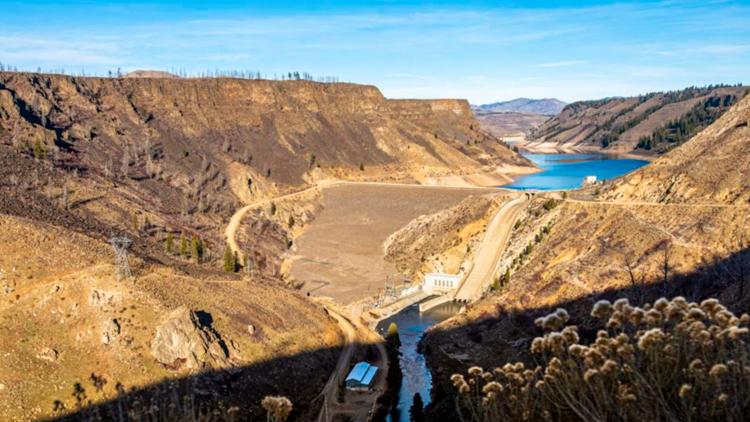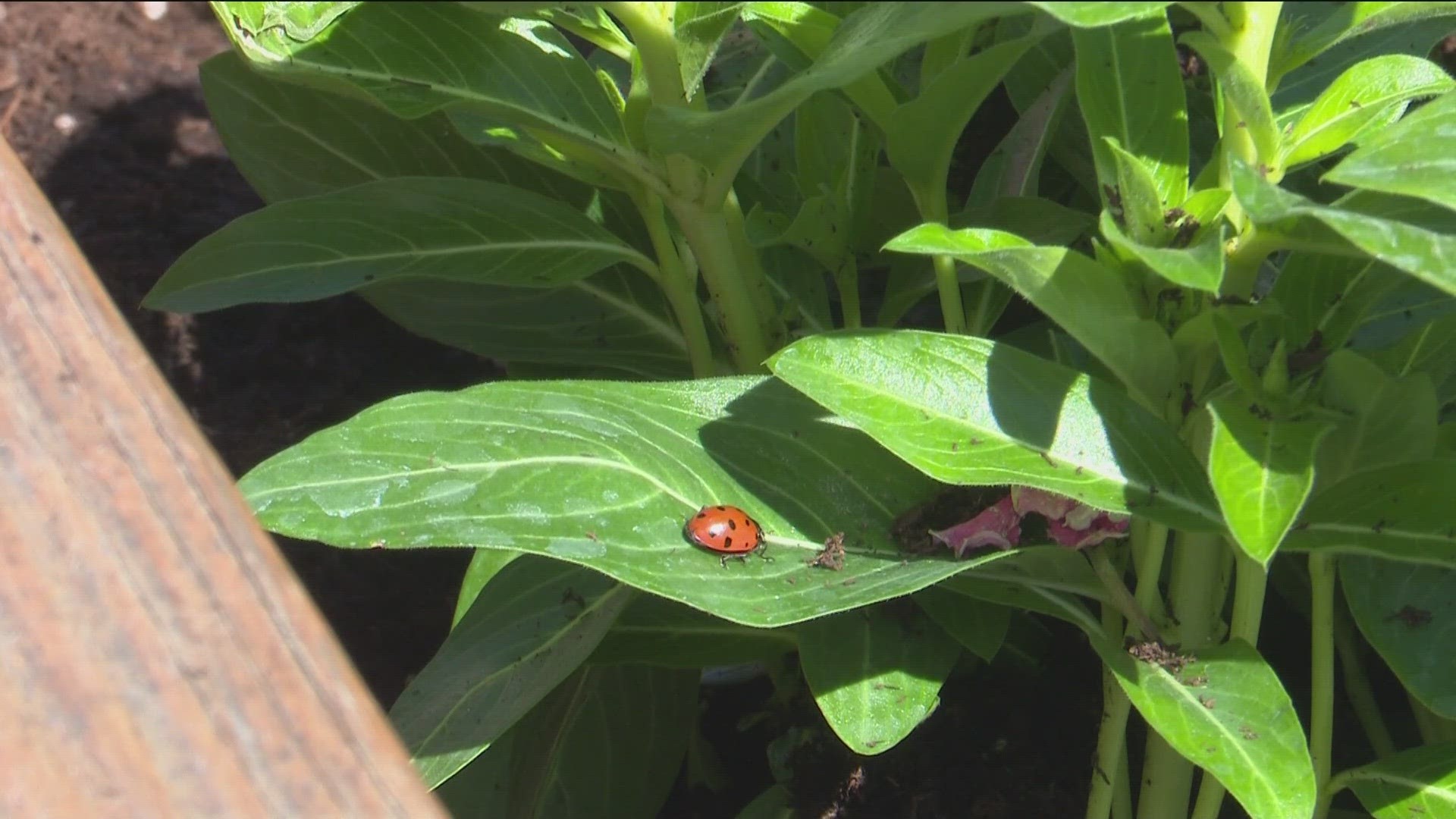BOISE, Idaho —
This article originally appeared in the Idaho Press.
The Idaho Water Resources Board has approved a contract with the Bureau of Reclamation to move forward with designing and constructing a proposed 6-foot raise to Anderson Ranch Dam.
The approved contract establishes the portion of the cost that each agency will pay to complete the project, according to a press release from the Idaho Water Resources Board. Now that the contract has been approved, the bureau will begin honing in on the design and what the associated costs will be, said Cynthia Clark, water projects section manager at the Idaho Department of Water Resources.
Anderson Ranch Dam, located northeast of Mountain Home, is part of the Boise River system, which includes Arrowrock Dam and Lucky Peak Dam. Collectively, these dams provide water for irrigation, as well as for domestic, commercial, municipal, and industrial uses, said Chris Keith, project manager with the bureau. As the valley’s population grows rapidly, providing a steady supply of water for all of these purposes is necessary.
About 78% of the Boise River system’s water goes toward irrigation purposes, the release said.
Raising the dam would capture an additional 29,000 acre-feet of water, the release said. That’s the equivalent of 14,285 Olympic-sized swimming pools.
It is estimated that the project will cost $83.3 million to complete, the release said. The contract says that the Idaho Department of Water Resources will pay for 88.95% of the cost, while the Bureau of Reclamation will pay for 11.05%, the release said.
During the development of the contract, the Bureau of Reclamation conducted a feasibility study and worked to develop an Environmental Impact Statement, Clark said.
“One of the questions that came up in the course of the review was interest in clarification on how long the construction process would take and what impacts there would be on existing space holders, or water users that currently have space in the existing dam,” Clark said.
For example, it is possible that during construction, the water in the dam would have to be lowered to a level that would result in space holders receiving less water than they are allocated, Clark said.
That’s where mitigation, and the costs associated with it, come in. Space holders have expressed a preference for having “wet water” mitigation, where they receive replacement water for what can’t be provided from the dam during construction, as opposed to being reimbursed with money, Clark said. While doing that is possible, more information about the scale at which that might be necessary is needed, Clark said.
“It’s possible that there wouldn’t be any impact to water users. On the other hand, there could be some, so they have to evaluate that range so that we can be prepared for whatever the situation is at the time of construction,” Clark said.
In this next phase, the Bureau of Reclamation will be refining its estimate of what mitigation might necessary for the project, Keith said. The bureau expects to have a better picture of such costs when the final design process is 30% complete, Keith said. That milestone is scheduled for the end of 2022, according to a timeline for the project on the bureau’s project page for the dam.
“Around that time, we’re going to know a lot more about what mitigation costs would be because our design effort will have given us new or better information regarding what the reservoir restriction would look like during construction,” Keith said.
However, it’s possible the project won’t go forward at all. If the cost of the new water is too expensive, and no customers are interested in paying for it, the project would not go forward, Clark said.
“It could be very expensive,” she said. “New storage certainly comes at a cost. That said, I think there’s also a recognition that it’s very difficult to develop new surface water storage today, and that projects like this are unique.”
Because the project would expand an existing dam’s capacity, the impact could be less than building storage from scratch, she said.
“The state and water users will have to think long and hard about whether the costs are reasonable,” Clark said. “But understanding that water is likely only going to become harder to come by, that value may be raising as we speak.”
The population of the Treasure Valley is projected to rise to 1.57 million people by 2065, according to the Bureau of Reclamation’s frequently asked questions page about the project. Historically, snowpack melting into the Boise River system’s dams has provided sufficient water for local users. But it’s predicted that a warming climate will bring more winter rain instead of snow, the bureau’s website says.
“Existing water storage facilities may not be capable of offsetting the loss of water storage previously provided by the snowpack,” the website says. “Therefore, additional water storage may be necessary to support existing and future water supply needs.”
This project would help provide water to the valley’s growing population, said Christine Schuldheisz, public affairs specialist with the Bureau of Reclamation.
“Even right now with all the urbanization in this area, I don’t think people are grasping sometimes that water is a necessity, and we are really working towards meeting those future needs with this project,” Schuldheisz said.
This article originally appeared in the Idaho Press. Read more at IdahoPress.com.
Watch more Local News:
See the latest news from around the Treasure Valley and the Gem State in our YouTube playlist:



